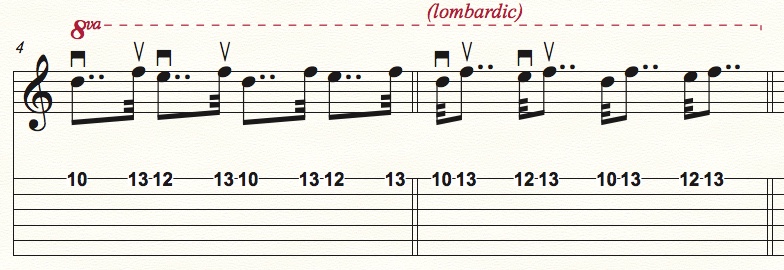I have been working on my picking technique for a couple of years now and have made a lot of progress largely down to this site. The biggest problem I seem to have is synchronisation between my right and left hand when I try and go above 140bpm 16th notes. I can smoothly and consistently play tremelo at quite high speeds but it falls apart when I’m picking individual notes. How long does it usually take to lock in your hands? I’m starting to think I havent got enough natural rhythm to get the feel of a pattern.
I have trying to chunk a simple pattern and accent the first note but I still can’t keep it going smoothly.
Any help is appreciated
I have filmed myself
This is my attempt at tremelo.
And this is my attempt at a four note pattern. This take is worse than my usual attempts. Might be something to do with playing early in the morning, thats me excuse anyway 








